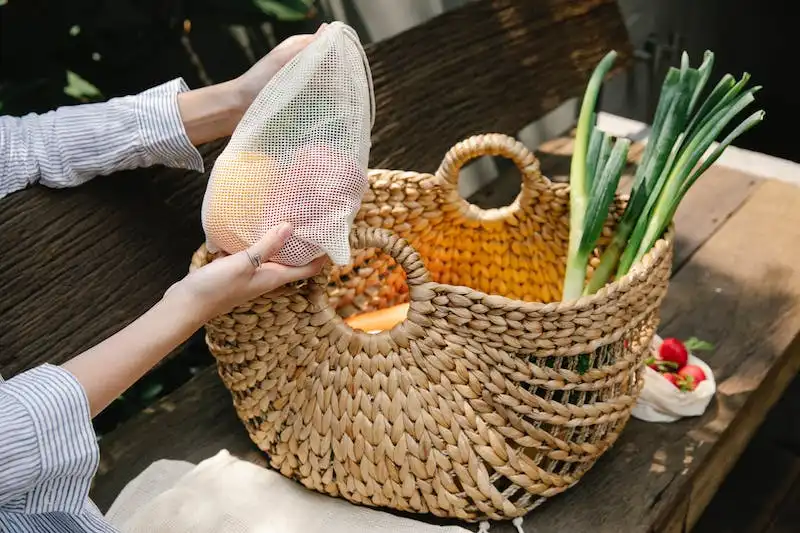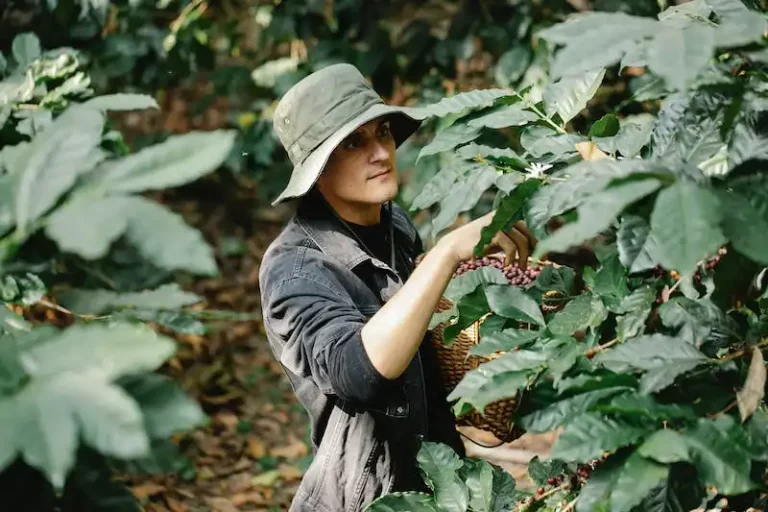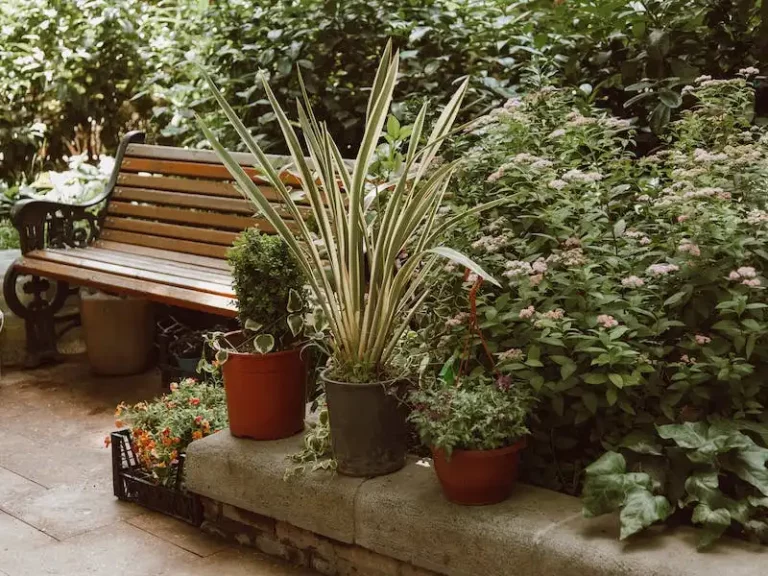Properly pollinating corn is essential to ensure plump and full ears. There are several techniques that can be employed to achieve this objective. One popular technique is to use insecticide to control pests that may hinder the pollination process. However, this method can have negative effects on the environment and may not be the best option.
Alternatively, a better approach is to focus on the timing of pollination. By closely observing the development of the corn plants, farmers can identify the optimal time to pollinate. This timing helps to ensure that the corn’s ovules are within reach of the emerging tassels, allowing for successful fertilization.
Another important factor to consider is the pollination pattern. Corn plants naturally have a wind-dependent pollination structure, where the male flowers, or anthers, release pollen that is carried by the breeze to the female flowers, or silk, of neighboring stalks. However, in fields with only one variety of corn, the pollen may not be efficiently transferred, leading to incomplete pollination and unfilled ears.
To overcome this challenge, farmers can employ the technique of “shake and snap.” This technique involves gently shaking the stalks to release more pollen, and then snapping off and transferring the tassels to different plants. This cross-pollination method ensures that the corn plants receive a diverse range of pollen and increases the chances of successful fertilization.
It is important to remember that corn is wind-pollinated, so the pollen transfer can happen naturally through a gentle breeze. However, by implementing the “shake and snap” technique, farmers can take control of the pollination process and increase the likelihood of achieving full, plump ears of corn.
Timing is everything when it comes to the “shake and snap” technique. It is recommended to perform this method during the early morning hours when the weather is cooler and there is less chance of the pollen drifting away. Daily monitoring of the development of the corn plants is crucial to determine the best time for pollination.
In conclusion, the best way to pollinate corn for plump and full ears is by utilizing the “shake and snap” technique, focusing on proper timing, and promoting cross-pollination. By following these techniques and lessons learned from past experiences, farmers can ensure a successful pollination process and achieve high-quality corn harvests.
Home Vegetable Garden Techniques Hand Pollination of Squash and Corn in Small Gardens
In small home gardens, hand pollination can be a useful technique for ensuring the successful pollination of certain crops such as squash and corn. Hand pollination involves manually transferring pollen from the male flowers to the female flowers to ensure fertilization and the production of plump, full fruits.
Hand pollination can be particularly beneficial in cases where there are a limited number of pollinators, or when environmental conditions make natural pollination difficult. Squash and corn, for example, rely on wind or insect pollination, and their flowers can sometimes go unnoticed or fail to attract pollinators.
The process of hand pollination begins by identifying the male and female flowers on the plants. In corn, the male flowers are located on the stalks and tassels, while the female flowers are found on the ears. Similarly, in squash plants, the male flowers typically grow on long stalks, while the female flowers are attached to the crookneck or other parts of the plant.
To hand pollinate squash, gently remove a male flower from the plant and peel back its petals to expose the stamen, which contains the pollen. Then, transfer the pollen onto the stigma of a female flower using a small brush or your finger. This process should be repeated for each female flower in the garden to ensure thorough pollination.
For corn hand pollination, it is best to wait until the silks are visible and in their prime state. Simply pick a tassel from a corn plant and shake it over the silk of another corn plant, allowing the pollen to fall onto the silk. It is important to do this during the evening or at night when the wind is calm, as wind can spread the pollen and reduce the effectiveness of the hand pollination.
It is worth noting that hand pollination doesn’t guarantee successful fruit set, as there are other factors such as temperature, daily heat units, length of growing season, and overall plant health that can impact crop yield. However, hand pollination can greatly increase the chances of successful fertilization, especially in small gardens where plant densities may be higher and natural pollination may be limited.
In conclusion, hand pollination is a valuable technique in small home gardens to ensure the proper pollination of crops like squash and corn. By manually transferring pollen from the male to the female flowers, gardeners can help promote fruit development and improve crop yields. Understanding the pollination patterns and using hand pollination techniques can be a useful alternative for gardeners looking to maximize the productivity of their vegetable gardens.
Techniques for Hand Pollinating Squashes
In the world of vegetable gardening, knowing how to hand pollinate squashes can be a valuable technique to ensure a bountiful harvest. While squashes, like corn, are typically wind-pollinated, there are occasions when hand pollination may be necessary or desired. This article will provide an overview of the technique and offer tips on when and how to hand pollinate your squashes.
First, it’s important to understand why hand pollination might be necessary. One sign that hand pollination is needed is when your squash plants have many male flowers but few or no female flowers. In this case, pollinating the female flowers manually can help ensure fruit set and a good harvest. Additionally, hand pollination can be useful in controlled breeding programs, where specific varieties are desired.
So, how does hand pollinating squashes work? The technique involves transferring pollen from the male flower’s anthers to the female flower’s stigma. The male flowers are the ones with the long, slender stalks called tassels, while the female flowers have a bulbous structure at their base, which will eventually develop into the fruit.
Here’s a step-by-step guide to hand pollinating squashes:
1. Identify your male and female flowers. Male flowers will typically appear first on the plant and can be identified by their long stalks and slender structures. Female flowers will have a visible fruit or ovule at the base, which may be in the shape of a tiny squash.
2. Choose the right time to pollinate. Morning hours are generally the best time to hand pollinate squashes, as this is when the flowers are usually open and receptive to pollen. Avoid pollinating in the heat of the day or during rainy or windy weather, as this can interfere with pollen transfer.
3. Gather your materials. You will need a small paintbrush or cotton swab to transfer the pollen. Make sure to use a clean brush or swab for each flower to prevent the spread of diseases or pests.
4. Transfer the pollen. Gently brush the anthers of the male flowers to collect pollen. Then, carefully transfer the pollen to the stigma of the female flower. Be sure to cover the entire surface of the stigma to increase the chances of successful pollination.
5. Repeat the process. If you have multiple female flowers, repeat the process for each one. Remember to use a clean brush or swab for each flower to avoid contamination.
Following these steps will help ensure successful hand pollination of your squashes. Remember to keep an eye on the plants after pollination and watch for signs of fertilized flowers, such as the withering of the petals and the development of a small fruit. If these signs are absent after a few days, feel free to repeat the pollination process.
Hand pollinating squashes may seem like a cumbersome task, but the rewards are well worth the effort. Taking control of pollination can help produce plump, full ears of corn that are free of insecticide residue. Plus, it allows you to play an active role in the breeding and development of your squash plants, ensuring the availability of viable and diverse varieties for future harvests.
If you’re interested in learning more about pollination techniques or have any questions, please feel free to comment below or sign up for our newsletter. Our team is always available to provide guidance and answer your gardening inquiries. Happy pollinating!
Techniques for Hand Pollinating Corn
In the world of vegetable gardening, hand pollinating corn can be a crucial technique to ensure the best results when it comes to the growth and development of your corn crops. By taking matters into your own hands, you can help increase the number of fertilized ovules on each corn ear, resulting in plump, full ears of corn.
To begin, it’s important to understand the structure and timing of corn flowers. Corn plants have both male and female flowers, with the males located at the top of the stalks and the females found on the side branches, also known as tassels and silks, respectively. The males release pollen, also known as the “yellow dust,” while the females have ovules, which when fertilized, will develop into the corn kernels.
When pollination occurs naturally, it happens through wind transfer. However, hand pollination allows you to take control and ensure the best possible pollination for your corn. Timing is essential, and the process should begin when the female corn silks start to appear. At this stage, the male corn tassels are usually erect and releasing pollen. To perform hand pollination, carefully snap off a small, freshly opened male flower and peel back its petals to reveal the pollen-producing anthers.
With your small male flower in hand, gently but firmly shake or rub it onto the exposed silks of the female flowers. Make sure to cover as many of the silks as possible to maximize the chances of successful pollination. A technique commonly used is to gather several male flowers and tap them against the female flowers to spread the pollen.
Remember, it’s best to hand pollinate corn in the early morning or late evening hours when the pollen is most available and the breeze is often absent. This helps avoid pollen loss due to wind and ensures that the pollen has a better chance of sticking to the silks. Additionally, choose corn stalks that have the most developed and tightly closed ears as these are more likely to produce plump and full ears of corn.
By hand pollinating your corn, not only will you increase the chances of successful pollination and fruit development, but you’ll also have the opportunity to learn more about the fascinating process of plant reproduction. Numerous references and resources are available to further explore hand pollination techniques and related topics in horticulture.
So, next time you see those small, delicate corn blooms emerging, grab your gloves and give hand pollinating a try. It’s a technique that can make a significant difference in the quality and quantity of your corn harvest.




